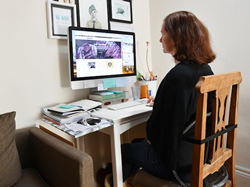Rebecca Houghton* share tips on how people can say no at work without ruffling anyone else’s feathers.
 Are you struggling to set boundaries? The vast majority of us are, because most of us are people pleasers – we’ve been trained since childhood to be.
Are you struggling to set boundaries? The vast majority of us are, because most of us are people pleasers – we’ve been trained since childhood to be.
If you’ve ever said yes knowing you should have said no or made up a white lie instead of a straight no, then the chances are that you’re pleasing people and struggling to set boundaries of your own.
Why now?
You are already working a lot more – the ADP Research Institute recently reported that remote workers are putting in an entire day per week more work thanks to the pandemic.
There’s also a high chance you’re experiencing burn-out – Asana’s recent Anatomy of Work Index found that almost 4 in 5 Australians are.
Having no boundaries is like having no lock on the door, and the effect of global disruption and uncertainty means you have a heightened need to feel more secure.
What is stopping you?
In my work with mid-level leaders, boundaries loom large in our conversations.
My research proves that leadership performance is part person, part environment – and we have more influence over both than we typically believe.
The first barrier to overcome is in your own head – you fear what will happen if you push back.
You want to say yes.
You have high expectations of yourself and feel that you should be able to do all this.
You have a set of beliefs and habits that are deeply ingrained and can’t be changed – or can they?
The second barrier, and often the one blamed first, is your environment – you work in a place where everyone works late, and people email you at all hours and expect a response.
The cult of overwork can’t be changed – or can it?
So what can you do?
Put your mindset before your skillset.
Often it is our own unhelpful beliefs and emotions about boundary-setting that needs to be addressed first – so it is worth first identifying how you feel about boundaries, why you feel the need to say yes, and your tendency to apologise.
Try to remember that boundaries build respect.
If you don’t respect your own boundaries, no-one else will.
They will always take you for granted, and they will always want more.
Try not to say yes so readily.
Saying yes often enables people who are poorly-planned, taking advantage, out of touch with workloads or, like you, have said yes so often that they are now drowning.
Saying yes to any of these people only perpetuates their cycle, saying no will actually help them to help themselves.
Be more conscious about your desire to say yes – is it a good yes or is it a yes that should have been a no?
A good yes benefits your career, your company, excites you and doesn’t put your main priorities at risk.
A bad yes is something someone else can do, doesn’t benefit or excite you, and is going to impact your work or wellbeing.
Stop and ask yourself before you say yes – and see if this helps to unlock a few no’s.
Stop apologising.
I bet you’re already doing more than just your job as it is, so what do you have to apologise for?
After you’ve tackled your skillset, you can then look at taking more tangible actions such as controlling your diary, setting priorities and pushing back.
Taking control of your diary is as easy as it is liberating.
Simply accepting back-to-back video calls is exhausting and bad for your health.
Switch from video to audio, and from sitting to standing or even walking.
Another switch is to switch off notifications after hours, and make sure your status is offline too.
If they think you’re online, they’ll expect you to respond.
Control your diary before it controls you.
Without your own priorities you’re at the mercy of everyone else’s, and we often feel overwhelmed by requests and feel that we have no way to push back.
Well, without your own priorities you are largely correct about that! New York Times bestselling author Ken Blanchard has a great suggestion – ask your boss.
Both make a list of what you think you are accountable for and put them in order (your lists will differ!), then negotiate your priorities so you know what is less important – it will give you confidence that you’re saying no to the right things.
Lastly, learn to say no.
Most people avoid confrontation, so techniques to say ‘no’ often go unused.
Instead learn to say yes to say no – this will stop you feeling guilty, maintain your reputation as helpful, and help you break the bad ‘yes’ habits gently.
Try these four techniques to say a yes that actually means no!
- The ‘yes, but’: Yes, to offering advice, yes to connecting them with someone who can help, or yes to reviewing their work, but no to doing the actual work.
Such as “yes I’d like to… but I can’t fit it in right now”.
- The prioritiser: I’d love to, but we can’t risk this other deadline.
- The trade-off: Yes, we can do this if you can find more time/resources/change of scope.
- The assertive: I’d love to.
I will have to park X or Y project to make it happen – which one do you think?
Finally, let others know that you’re setting boundaries, and be specific about what they are.
It gives them a chance to respect your boundaries, invites them to hold you to account for the habit change, and it might even help them to evaluate and change their boundaries too.
*Rebecca Houghton, author of ‘Impact: 10 Ways to Level up your Leadership’, is a Leadership and Talent Expert and founder of BoldHR. She can be contacted at boldhr.com.au.
This article first appeared at boldhr.com.au.











